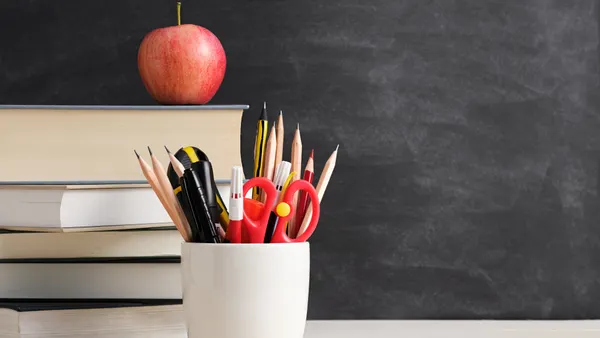Dive Brief:
- Whether teachers realize it on a daily basis or not, artificial intelligence (AI) is already impacting K-12 via differentiated leveling programs in subjects such as reading and programs that automate grading or act as digital tutors, according to EdTech: Focus on K-12.
- With AI now able to identify where learning gaps exist and even evaluate written assignments — albeit only on technical rubrics like sentence structure and word usage, not personal writing styles — educators are saving time on tasks that were previously performed manually, redirecting it to more one-on-one time with students.
- As EdTech reports, one estimate suggests that 30 seconds of time saved each day can add up to six additional hours of instruction over the course of the school year.
Dive Insight:
The prevailing reaction to talk of AI in the classroom has often focused on the idea of robots replacing teachers, but those fears are largely unfounded. For the foreseeable future, AI is unlikely to be able to replicate the kind of experiences and interaction a flesh-and-blood teacher can provide. As Thomas Arnett, a Clayton Christensen Institute senior research fellow has put it, it's time to see these tech innovations for what they are: tools that can serve as a valuable assistant in helping educators focus more of their time on valuable student interaction rather than laborious administrative tasks.
Of course, taking full advantage of these tools will require schools to invest in new professional learning opportunities to help teachers adjust their habits and pedagogical styles as needed. But the ongoing lesson for educators at all levels remains that tech is merely a tool and not a magical solution that will benefit all students simply by virtue of it being placed in their hands, regardless of who their teacher is. Ensuring that students understand that value within the problem-solving process is also critical to making the most of all devices and applications in the classroom.









